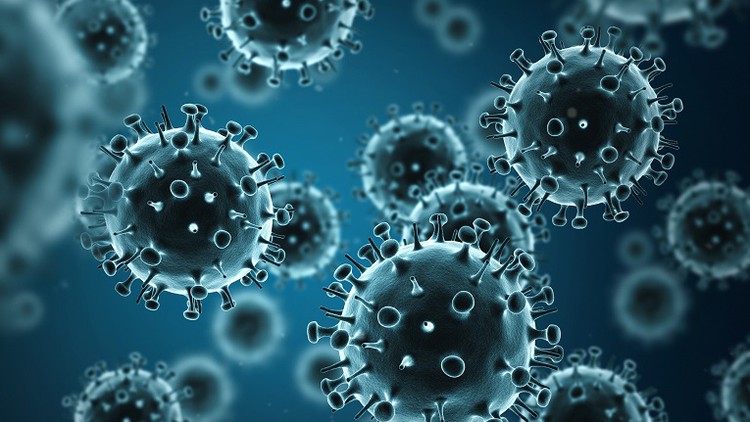
Infectious diseases_ introduction, definition, origin of infection, immune response to infectious diseases, pathogenesis
What you will learn
Infectious diseases
Description
In this video we are going to discuss about the infectious diseases.lets describe briefly what our deals in this topic.first and foremost is our definition of infectious diseases, modes of spread by various routes,direct and indirect ,secretions origin of infections in human, pathogens related to immunology, virulence factors of bacteria, virulence factors of fungi Virulence factors of viruses , virulence factors of parasites, mechanism of infectious diseases, pathogenesis of infectious diseases by bacteria, fungi, virus, parasites etc , flow charts of virus causing infection in human . Symptoms or clinical features depends on incubation period and carriers. Types of carriers based on portal of exit and their types, what is epidemiological triad ?.it includes agent , factor, host factor, environmental factors .chain of infection or dynamics of infection, diagnosis of infectious diseases by various methods: direct and indirect method and some special methods also present to diagnosis the causative organisms causing diseases in human.the key area in infectious disease is prevention of disease and control of control of disease .and finally treat the infectious disease based on organisms by using appropriate drugs .in prevention we are going to learn about the levels of prevention, interventions, and outcomes or evalution. This is complete general description of infectious diseases.